Your Ultimate Guide to Turning Rock-Hard Kiwis into Sweet, Juicy Perfection
I’ve spent a good chunk of my life around fresh produce, and let me tell you, I’ve seen it all. But one question comes up more than any other, from home cooks to new chefs: “What do I do with these kiwis that feel like little green rocks?” People buy a bag, hoping for a sweet treat, and end up with a countertop decoration for a week. It’s a common frustration.
In this article
But here’s the good news: those hard kiwis are full of promise. You just need to know how to coax it out of them. This isn’t about weird kitchen hacks; it’s about understanding what the fruit needs and giving it a gentle nudge. We’ll go through the whole journey—from picking the best ones at the store to what to do when they’re perfectly ripe.
First Things First: Choosing Good Kiwis at the Store
Your success starts before you even get home. When you’re standing in the produce aisle, grab a bag of kiwis (they usually run about $3 to $5) and give them a quick inspection. You’re looking for fruit with taut, fuzzy, and unblemished skin. Avoid any with wrinkly skin, which is a sign of moisture loss, or those with dark, sunken, or mushy spots. Those are already past their prime.

Don’t worry if they’re all hard. In fact, that’s usually how they’re sold to prevent damage during shipping. A bag of firm kiwis is exactly what you want.
Okay, You’re Home. Now, Assess Your Fruit.
Before you try to ripen them, you need a starting point. The best way is the good old-fashioned press test. Hold a kiwi in your palm and use the soft pad of your thumb—not your nail!—to give it a gentle squeeze near the stem.
- Rock-Hard: Absolutely no give. This little guy needs a few days, maybe even up to a week.
- Slight Give: This is the sweet spot! It feels like a ripe peach. It’s ready to eat right now or can be popped in the fridge.
- Soft or Mushy: If your thumb sinks in easily, it’s overripe. The flavor will be intensely sweet, but the texture might be a bit mealy. Don’t toss it, though! It’s perfect for smoothies and sauces.
Oh, and give it a sniff. An unripe kiwi smells like nothing, maybe a little grassy. A ripe one has a lovely, fragrant, sweet-tart aroma. If it smells funky or alcoholic, it’s started to ferment and should be composted.
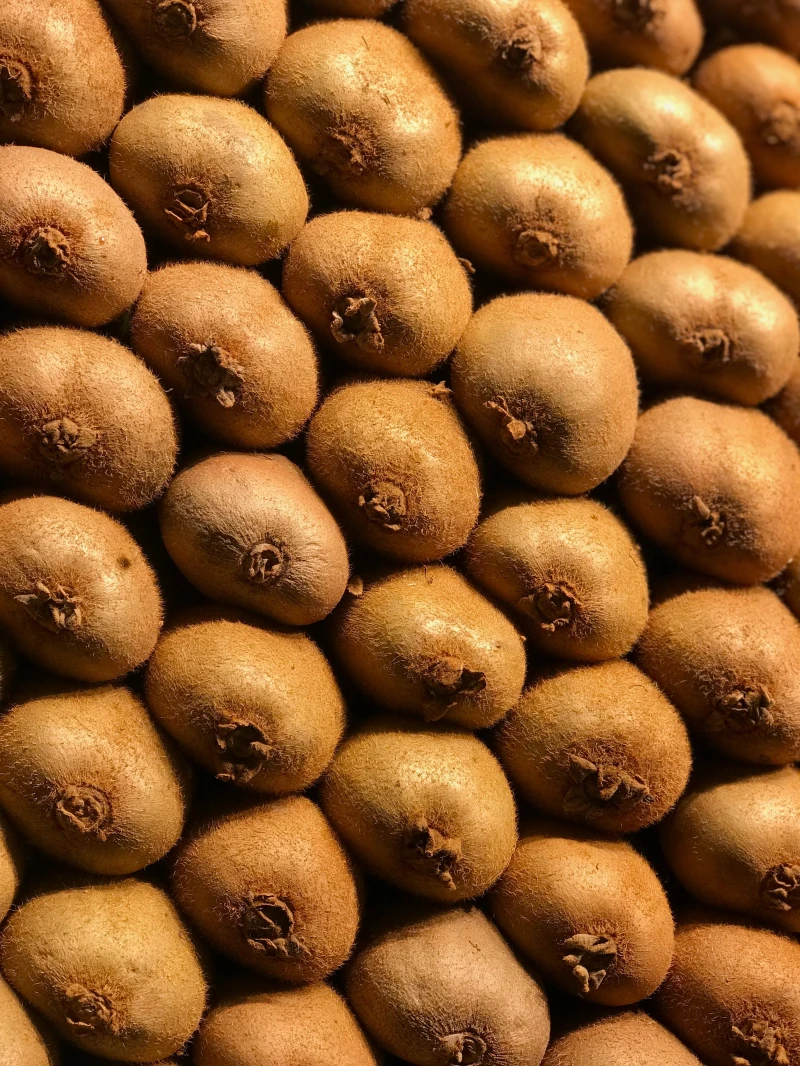
Your Simple Kiwi Ripening Toolkit
You don’t need any fancy gadgets. Honestly, you probably have everything you need right now.
- A paper bag (the lunch-bag kind works great)
- An apple or, even better, a banana
- A bowl of uncooked rice (yep, you read that right)
The Ripening Methods: From Slow-and-Steady to Super-Speedy
All ripening comes down to one thing: a natural plant hormone called ethylene gas. Kiwis produce it themselves, and our job is to manage it. Here’s how.
Method 1: The Patient Approach (Just the Countertop)
If you’re not in a rush, the easiest method is to simply leave your kiwis in a bowl on the counter, out of direct sunlight. At room temperature, they will slowly produce their own ethylene and ripen up naturally.
Timeframe: 3 to 7 days.
Heads up: If a kiwi has been sitting on your counter for over a week and it’s still a rock, it’s likely a dud. It was probably picked too early and doesn’t have the starches needed to convert to sugar. It will just soften and rot, never getting sweet. It happens sometimes.
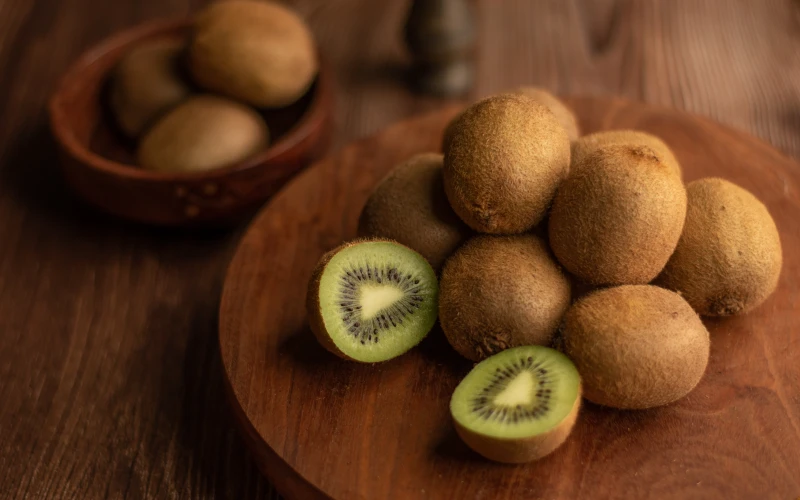
Method 2: The Gold Standard (Paper Bag + A Fruity Friend)
This is my go-to method for consistently great results. By placing the kiwis in a paper bag, you trap the ethylene gas they release, which speeds things up considerably. Want to put it in hyperdrive? Add a banana or an apple to the bag.
These companion fruits are ethylene-producing superstars. A banana that’s already yellow with a few brown spots is the absolute best choice; a green one won’t help much. Just place your kiwis in the bag with one banana or apple, fold the top over, and leave it on the counter.
Timeframe: 1 to 3 days.
A critical tip: Use a paper bag, NOT plastic. I once saw a trainee put a whole case of fruit in a sealed plastic tub to ripen them. The next day, we had a hot, moldy, fermented mess. A plastic bag traps moisture along with the gas, creating a recipe for spoilage. Paper is breathable, so it’s perfect.

Pro Tip for a Whole Bag: Try “staggered ripening.” Put a few kiwis in the bag with an apple for the next couple of days, and leave the rest on the counter. This way, you get a steady supply of perfect kiwis all week instead of having them all ripen at once.
Method 3: The Old-School Rice Trick
This is a technique I learned about years ago, often used for mangoes. Uncooked rice is fantastic at trapping ethylene. Just fill a bowl or container with enough uncooked rice to completely bury your kiwi. It creates a super-concentrated ethylene environment.
Timeframe: 1 to 2 days.
A word of warning: This method is powerful. Check your kiwi daily, as it can go from firm to mushy very quickly. And make sure the kiwi is completely dry before you bury it!
Okay, It’s Perfect! Now What?
Congratulations, you have a perfectly ripe kiwi! Your work isn’t quite done yet.
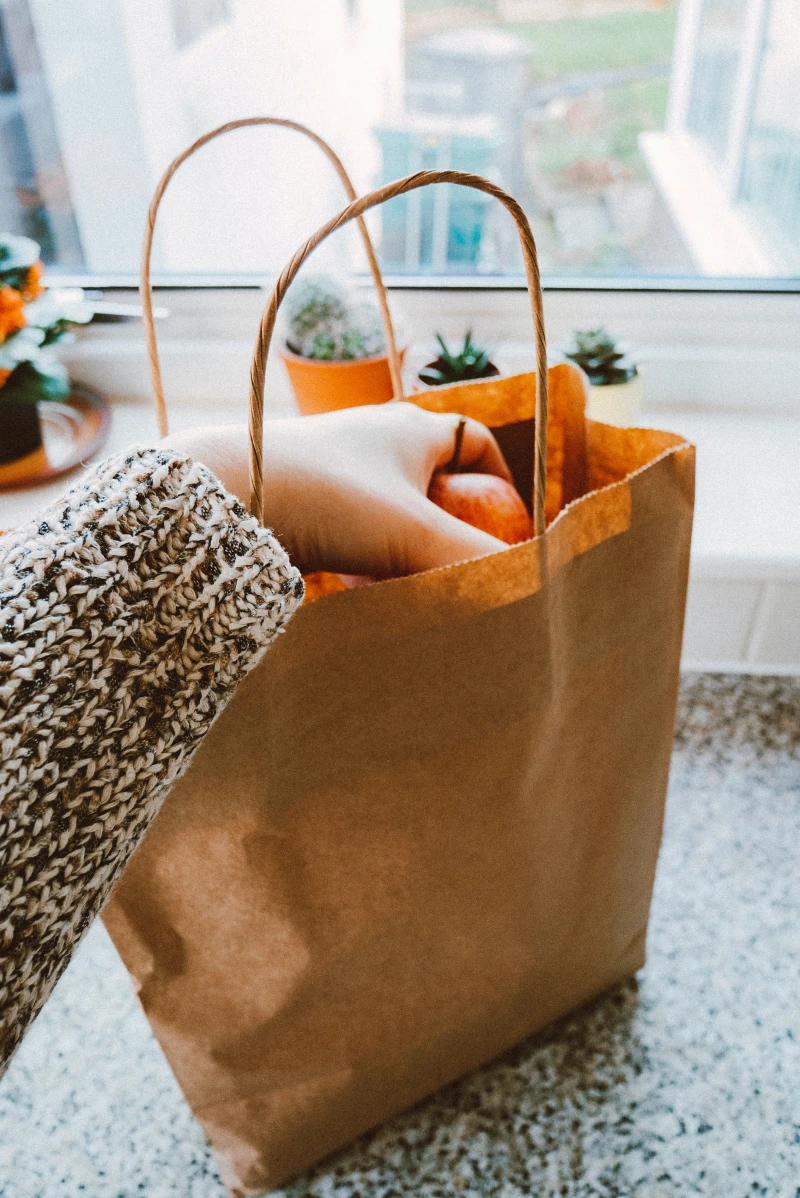
How to Store It: Once a kiwi hits that perfect ripeness, move it to the refrigerator. The cold temperature will dramatically slow down the ethylene process, keeping it in that perfect state for another 5 to 7 days.
How to Eat It: You’ve got options! The classic way is to slice it in half and scoop out the flesh with a spoon. You can also peel the skin off with a vegetable peeler and slice it into rounds. By the way, the fuzzy brown skin is totally edible! It’s packed with fiber and nutrients. Just give it a good wash first.
What About Overripe Kiwis? If a few got away from you and are now a bit too soft, don’t throw them out. Their intense sweetness is amazing in smoothies, blended into a sweet-tart salad dressing, or even used as a meat tenderizer in a marinade (kiwis contain an enzyme that breaks down protein).
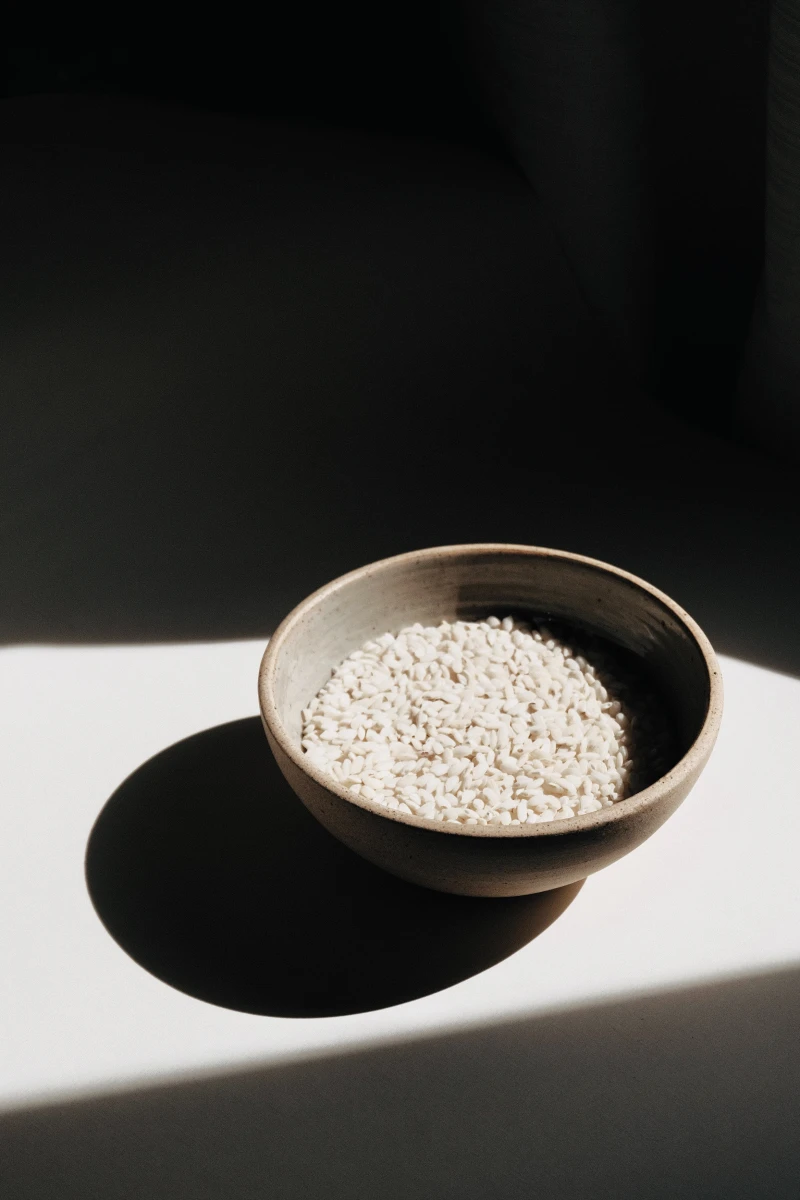
So there you have it. No more gambling on kiwis. Now you have the power to take them from rock-hard to ready-to-eat, exactly when you want them.
Inspiration:

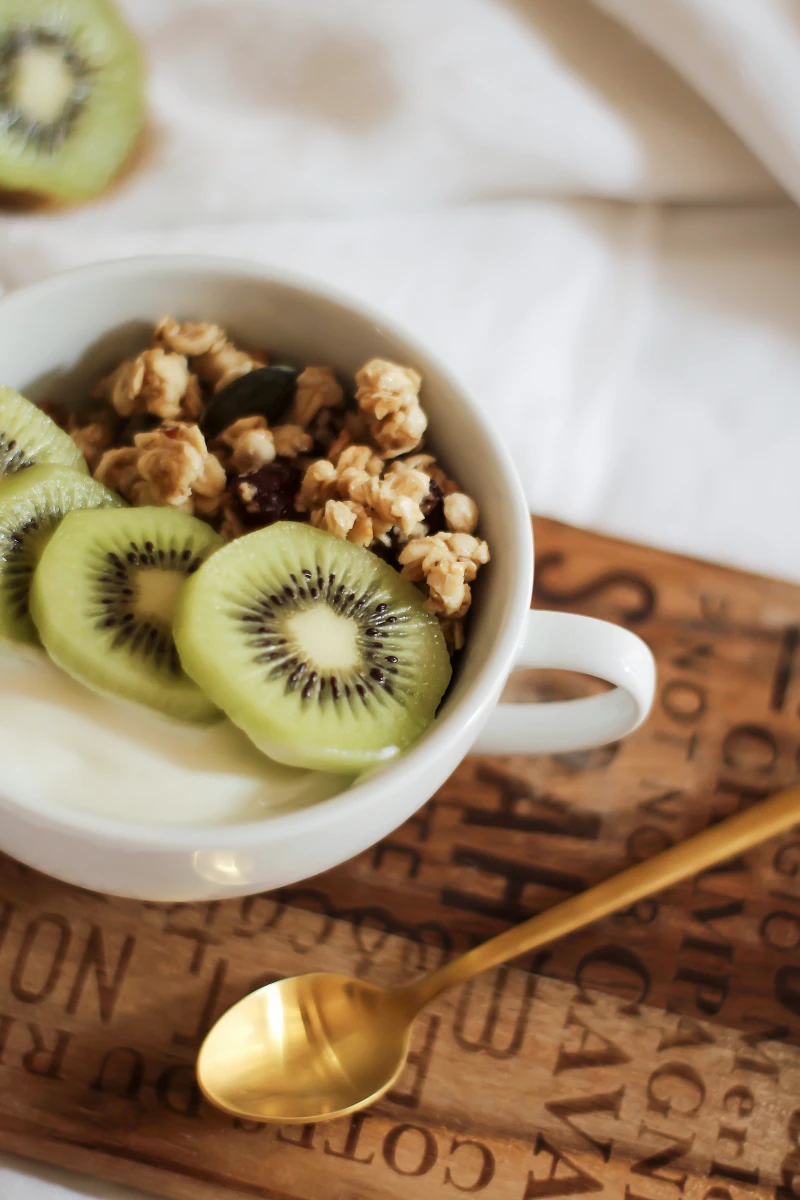
Wondering why adding a banana to the bag works so well?
It’s all about ethylene gas. Fruits like bananas, apples, and avocados are high ethylene producers, acting as natural ripening agents. When you place one next to your firm kiwis in a loosely closed paper bag, the trapped ethylene gas signals the kiwis to soften and sweeten much faster. It’s a simple trick of fruit chemistry that turns a week of waiting into just a day or two.
Did you know the fuzzy brown kiwi we all know is just one of many? The popular Zespri SunGold kiwi, with its smooth bronze skin and sweet tropical taste, is a completely different experience.
Unlike the tart green Hayward variety, gold kiwis have a flavor profile often compared to a mix of mango and strawberry. They also contain more Vitamin C than an orange! Because their skin is less tough and fuzzy, some people even eat it to get an extra boost of fiber and nutrients.










